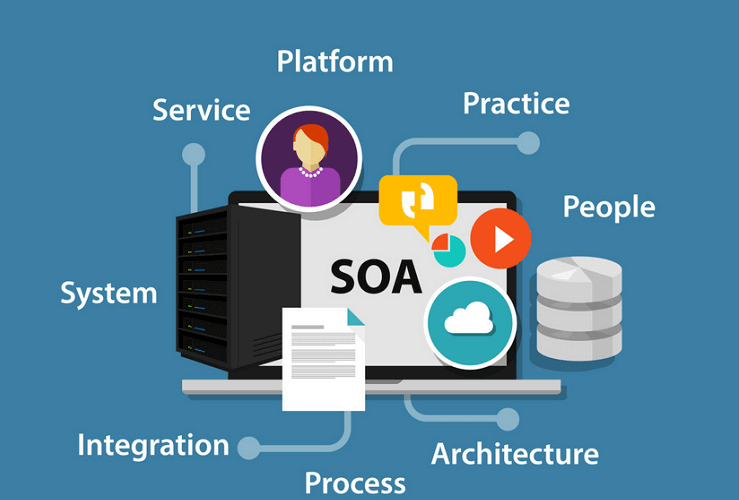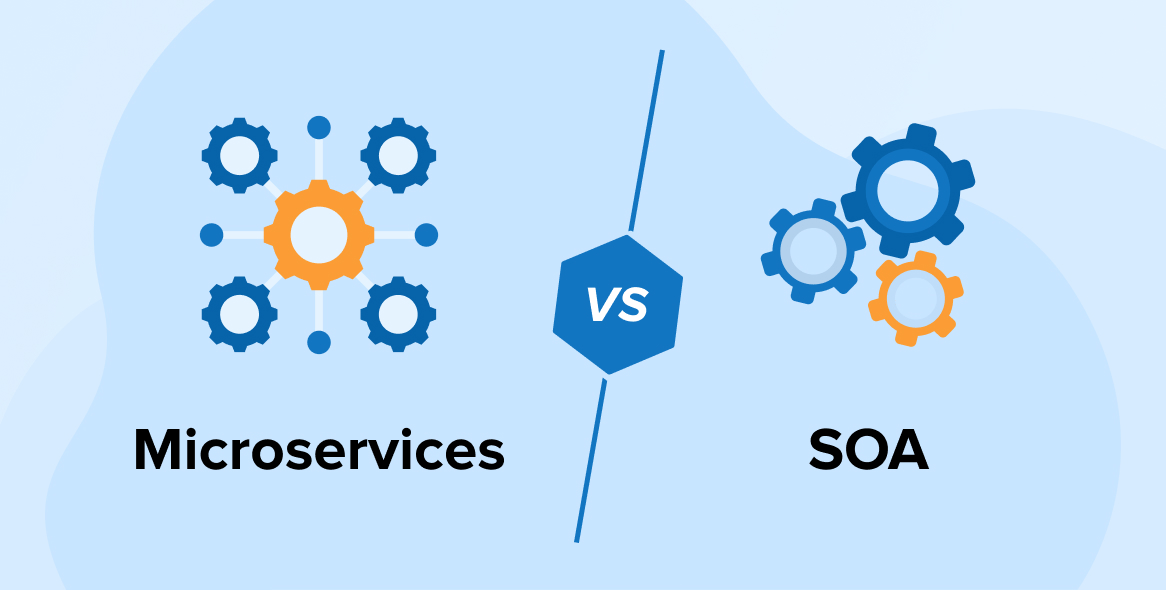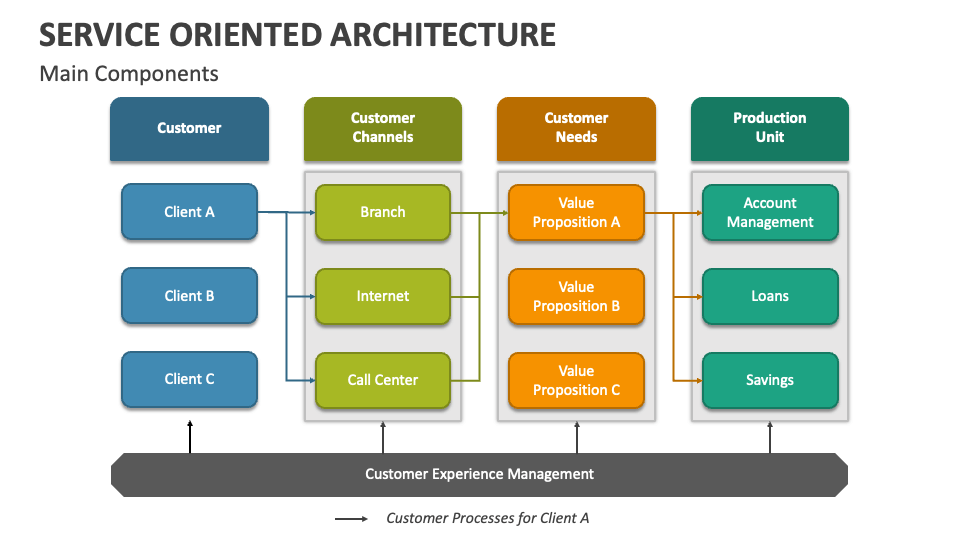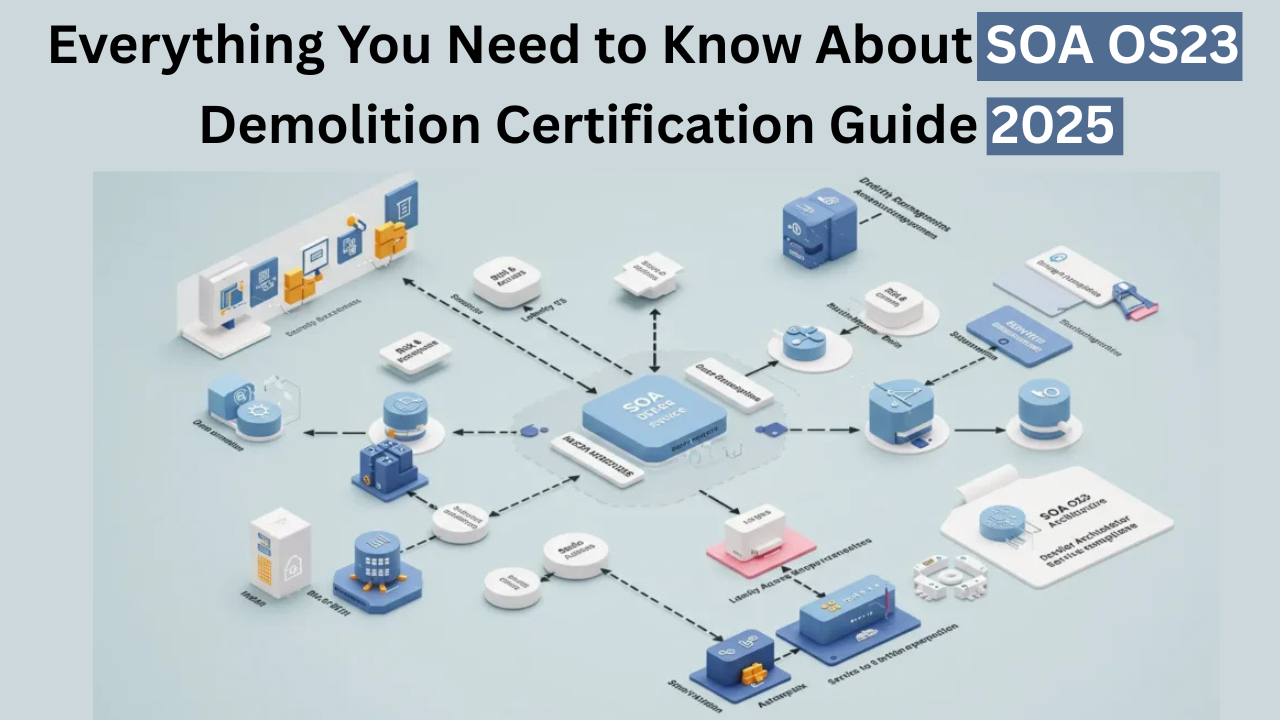In today’s fast-paced digital landscape, businesses face constant pressure to innovate, scale, and integrate disparate systems without disrupting operations. Service-oriented architecture (SOA) has emerged as a foundational framework that enables organizations to build flexible, reusable, and interoperable software components. By breaking down monolithic applications into independent services, SOA allows companies to respond quickly to market changes, reduce development costs, and improve IT agility.
The importance of service-oriented architecture cannot be overstated. According to Gartner, by 2025, over 75% of enterprise applications will leverage some form of service-based design. This shift isn’t just a trend it’s a strategic necessity for companies aiming to stay competitive in an API-driven economy. Whether you’re a CTO evaluating modernization strategies or a developer building scalable systems, understanding SOA provides the roadmap to transform rigid IT environments into dynamic business assets.
This comprehensive guide dives deep into service-oriented architecture, exploring its core principles, benefits, implementation strategies, and real-world applications. You’ll discover how SOA differs from traditional architectures, why it matters in cloud-native environments, and practical steps to adopt it successfully.
What Is Service-Oriented Architecture?
Service-oriented architecture is a design paradigm where software functionality is packaged as independent, interoperable services that communicate over a network. Each service performs a specific business function and can be consumed by multiple applications regardless of the underlying technology stack.
At its core, SOA treats software as a collection of services rather than a single, tightly coupled application. These services expose well-defined interfaces typically using standards like SOAP, REST, or XML-RPC and operate autonomously. This decoupling is what makes service-oriented architecture uniquely powerful.

Key Characteristics of SOA
| Characteristic | Description | Business Impact |
|---|---|---|
| Loose Coupling | Services interact via standardized contracts, not direct dependencies | Reduces system fragility and enables independent updates |
| Reusability | A single service can support multiple applications | Lowers development costs by up to 30% (Forrester) |
| Interoperability | Platform-agnostic communication (e.g., JSON, XML) | Enables integration across legacy and modern systems |
| Autonomy | Services control their own logic and data | Improves fault isolation and scalability |
| Discoverability | Services are registered and found via repositories | Accelerates development through service catalogs |
Core Principles of Service-Oriented Architecture
Successful SOA implementations rest on eight foundational principles defined by the Open Group and OASIS standards:
- Standardized Service Contracts – Services must use explicit, technology-neutral interfaces.
- Service Loose Coupling – Minimize dependencies between services.
- Service Abstraction – Hide internal implementation details from consumers.
- Service Reusability – Design services for multiple contexts.
- Service Autonomy – Give services control over their environment.
- Service Statelessness – Avoid maintaining client state between requests.
- Service Discoverability – Enable runtime or design-time discovery.
- Service Composability – Allow services to be orchestrated into larger processes.
These principles ensure that service-oriented architecture delivers on its promise of flexibility and longevity.
How Service-Oriented Architecture Differs from Monolithic and Microservices Architectures
SOA vs. Monolithic Architecture
Monolithic systems bundle all functionality into a single codebase and deployment unit. While simple for small applications, they become unwieldy as complexity grows.
| Aspect | Monolithic | Service-Oriented Architecture |
|---|---|---|
| Deployment | All-or-nothing | Independent service updates |
| Scaling | Vertical only | Horizontal per service |
| Technology Stack | Uniform | Heterogeneous |
| Failure Impact | System-wide | Isolated to service |
| Development Speed | Slows with size | Consistent via reuse |
SOA vs. Microservices
Microservices evolved from SOA but emphasize extreme decentralization. The key distinction lies in scope and governance.
| Factor | SOA | Microservices |
|---|---|---|
| Service Granularity | Coarse-grained (business capability) | Fine-grained (single responsibility) |
| Governance | Centralized (enterprise service bus) | Decentralized (team autonomy) |
| Data Management | Shared databases common | Database per service |
| Communication | Often ESB-mediated | Lightweight protocols (HTTP/REST) |
| Maturity | Enterprise-standardized | Startup-agile |

Service-oriented architecture strikes a balance offering enterprise control while enabling modular development.
Benefits of Implementing Service-Oriented Architecture
Organizations adopting SOA report significant ROI across multiple dimensions.
1. Enhanced Business Agility
SOA enables rapid response to market changes. When a new regulation requires updated tax calculations, only the tax service needs modification—not the entire application.
2. Cost Optimization
Gartner estimates that SOA can reduce integration costs by 25-40% through reuse. A global bank implemented a customer profile service used by 17 applications, saving $12M in duplicate development.
3. Improved Scalability
Services scale independently. During Black Friday, an e-commerce platform scaled its payment service to handle 10x traffic while keeping inventory checks lightweight.
4. Better Integration Capabilities
SOA excels at connecting legacy systems with modern applications. A manufacturing firm integrated 30-year-old COBOL systems with cloud-based analytics using SOAP services.
5. Increased Developer Productivity
Standardized contracts and service catalogs reduce onboarding time. Teams focus on business logic rather than integration plumbing.
Key Components of Service-Oriented Architecture
A robust SOA implementation requires several technical building blocks:
Enterprise Service Bus (ESB)
The central nervous system of SOA, routing messages, transforming data, and orchestrating services. Popular ESBs include MuleSoft, Apache Camel, and IBM Integration Bus.
Service Registry/Repository
A catalog where services are published, discovered, and governed. Tools like WSO2 Governance Registry enforce policies and versioning.
Business Process Management (BPM)
Orchestrates services into end-to-end processes using standards like BPEL. Camunda and Activiti are leading open-source options.
API Gateway
Exposes services securely to external consumers. Kong and Apigee provide rate limiting, authentication, and analytics.
Governance Framework
Policies for security, versioning, and SLAs. Without governance, SOA devolves into “Service-Oriented Anarchy.”
Implementing Service-Oriented Architecture: A Step-by-Step Guide
Phase 1: Assessment and Planning
- Inventory existing applications and integration points
- Identify business capabilities suitable for servitization
- Define SOA governance board
Phase 2: Pilot Project
Start small. A telecom provider began with a “customer address validation” service, proving ROI before enterprise rollout.
Phase 3: Infrastructure Setup
- Deploy ESB and registry
- Establish security standards (OAuth, WS-Security)
- Implement monitoring (Splunk, Dynatrace)
Phase 4: Service Development
- Use contract-first design (WSDL/XSD)
- Implement versioning strategy (URI or header-based)
- Write comprehensive service documentation
Phase 5: Orchestration and Testing
- Model business processes in BPMN
- Conduct contract testing with tools like SoapUI
- Perform end-to-end integration testing
Phase 6: Deployment and Governance
- Roll out via blue-green deployments
- Monitor SLAs and usage patterns
- Establish change advisory board
Real-World Examples of Service-Oriented Architecture
Amazon’s E-Commerce Platform
Amazon pioneered SOA in the early 2000s. Every function from product catalog to recommendations is a service. This enabled the company to scale from books to “everything store” without rewriting core systems.
Starbucks Mobile Ordering
The Starbucks app integrates payment, inventory, and loyalty services. When you order ahead, multiple SOA services coordinate seamlessly across global data centers.
Government Digital Services
The UK’s GOV.UK platform uses SOA to deliver 300+ government services through reusable components. A single identity verification service supports tax filing, license renewals, and benefits claims.
Challenges and Solutions in SOA Adoption
Challenge 1: Organizational Resistance
Solution: Create SOA Center of Excellence (CoE) with executive sponsorship.
Challenge 2: Performance Overhead
Solution: Use caching, asynchronous messaging, and efficient protocols like gRPC for internal services.
Challenge 3: Security Complexity
Solution: Implement centralized identity management and API gateways with token introspection.
Challenge 4: Versioning Conflicts
Solution: Adopt semantic versioning and consumer-driven contracts.
Service-Oriented Architecture in the Cloud Era
Modern SOA leverages cloud-native capabilities:
- Containerization: Package services in Docker for consistent deployment
- Orchestration: Use Kubernetes to manage service lifecycle
- Serverless: AWS Lambda functions as granular services
- Service Mesh: Istio provides traffic management and observability
The rise of microservices hasn’t replaced SOA it has evolved it. Many organizations use “macro-services” (SOA-style) for business domains and microservices for tactical capabilities.
Best Practices for Long-Term SOA Success
- Start with Business Capabilities – Align services to business functions, not technical layers.
- Enforce Contracts Ruthlessly – Breaking changes require new versions.
- Monitor Everything – Track service health, latency, and error rates.
- Automate Testing – Use consumer-driven contract testing to prevent regressions.
- Plan for Decommissioning – Services have lifecycles; sunset obsolete ones gracefully.
The Future of Service-Oriented Architecture
SOA continues to evolve with emerging technologies:
- Event-Driven SOA: Combining services with Kafka streams for real-time processing
- AI-Infused Services: ML models exposed as prediction services
- Zero-Trust SOA: Every service call verified regardless of network location
Industry analysts predict that by 2027, 90% of new enterprise applications will use service-based architectures, with SOA providing the governance backbone for hybrid microservices environments.
FAQ About Service-Oriented Architecture
1. What is the main difference between SOA and web services?
Web services are a technology (SOAP/REST), while service-oriented architecture is an architectural style. SOA can use web services but isn’t limited to them.
2. Is SOA still relevant in 2025?
Absolutely. While microservices dominate startups, SOA remains the standard for enterprise integration, governance, and legacy modernization.
3. How long does it take to implement SOA?
A pilot takes 3-6 months. Enterprise-wide adoption typically spans 18-36 months, depending on organizational size.
4. Can SOA work with microservices?
Yes—many companies use SOA for enterprise integration and microservices for domain-specific agility. This is called “SOA 2.0” or “smart endpoints, dumb pipes.”
5. What are the most common SOA design patterns?
- Service Facade
- Proxy Service
- Asynchronous Queuing
- Canonical Data Model
- Service Callback
6. How does SOA handle data consistency?
Through eventual consistency models, saga patterns, and compensating transactions rather than distributed ACID transactions.
7. What tools are essential for SOA development?
- ESB (MuleSoft, Apache ServiceMix)
- API Management (Apigee, Kong)
- BPM (Camunda, jBPM)
- Testing (Postman, SoapUI)
Conclusion
Service-oriented architecture remains a cornerstone of modern enterprise IT, offering a proven framework for building resilient, scalable, and business-aligned systems. By embracing SOA principles loose coupling, reusability, and standardized contracts organizations can transform rigid IT landscapes into agile platforms that drive innovation.
The journey to SOA requires commitment, but the rewards are substantial: lower costs, faster time-to-market, and the ability to integrate any system, old or new. Whether you’re modernizing legacy applications or building cloud-native solutions, service-oriented architecture provides the architectural foundation for digital success.
Ready to begin your SOA transformation? Start by identifying one business capability ripe for servitization. Build a pilot service, measure its impact, and scale from there. The future of enterprise architecture is service-oriented make sure your organization is leading the way.
For further reading, explore the OASIS SOA Reference Model or The Open Group SOA Guide.











